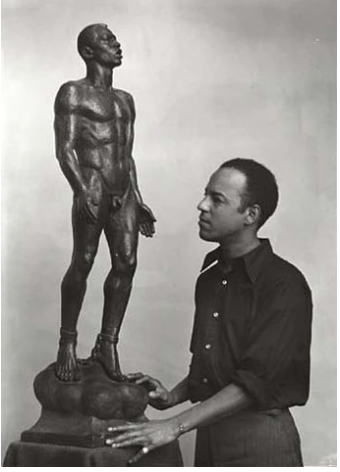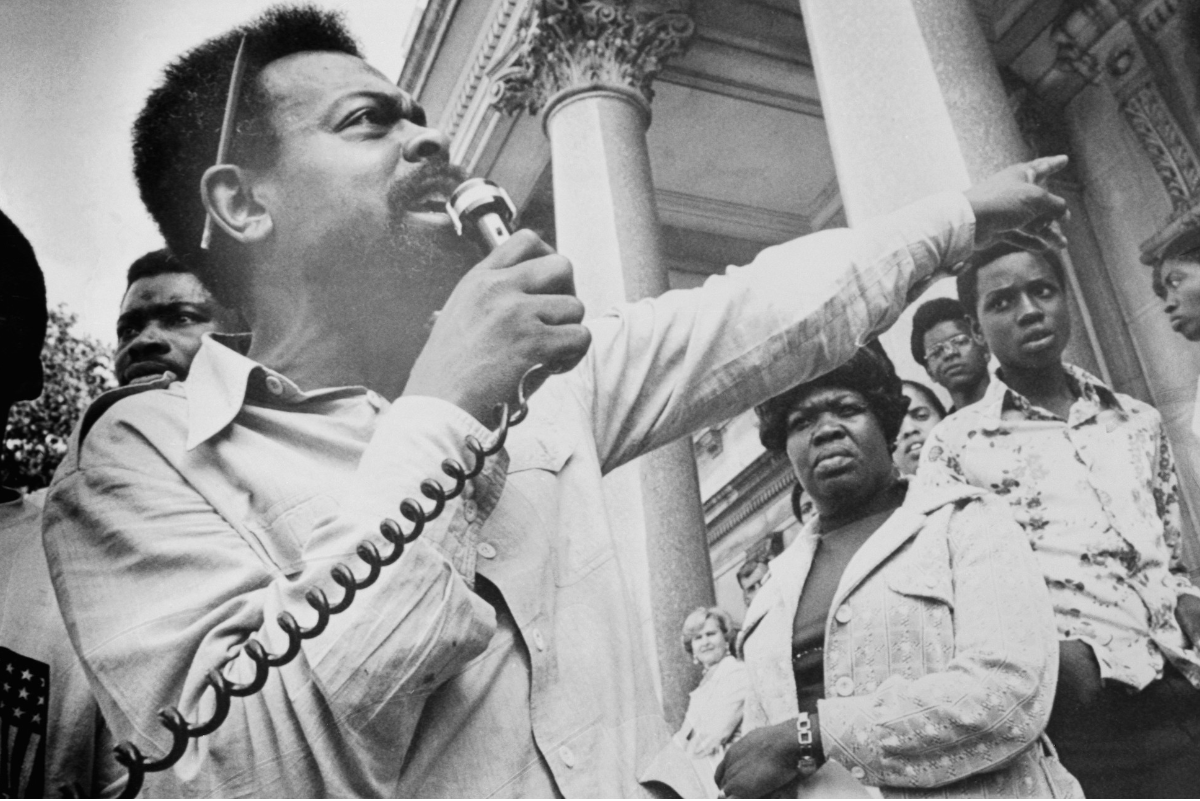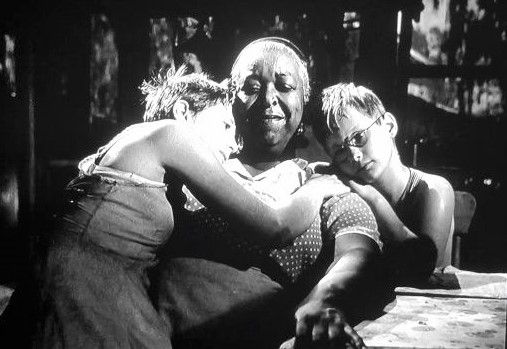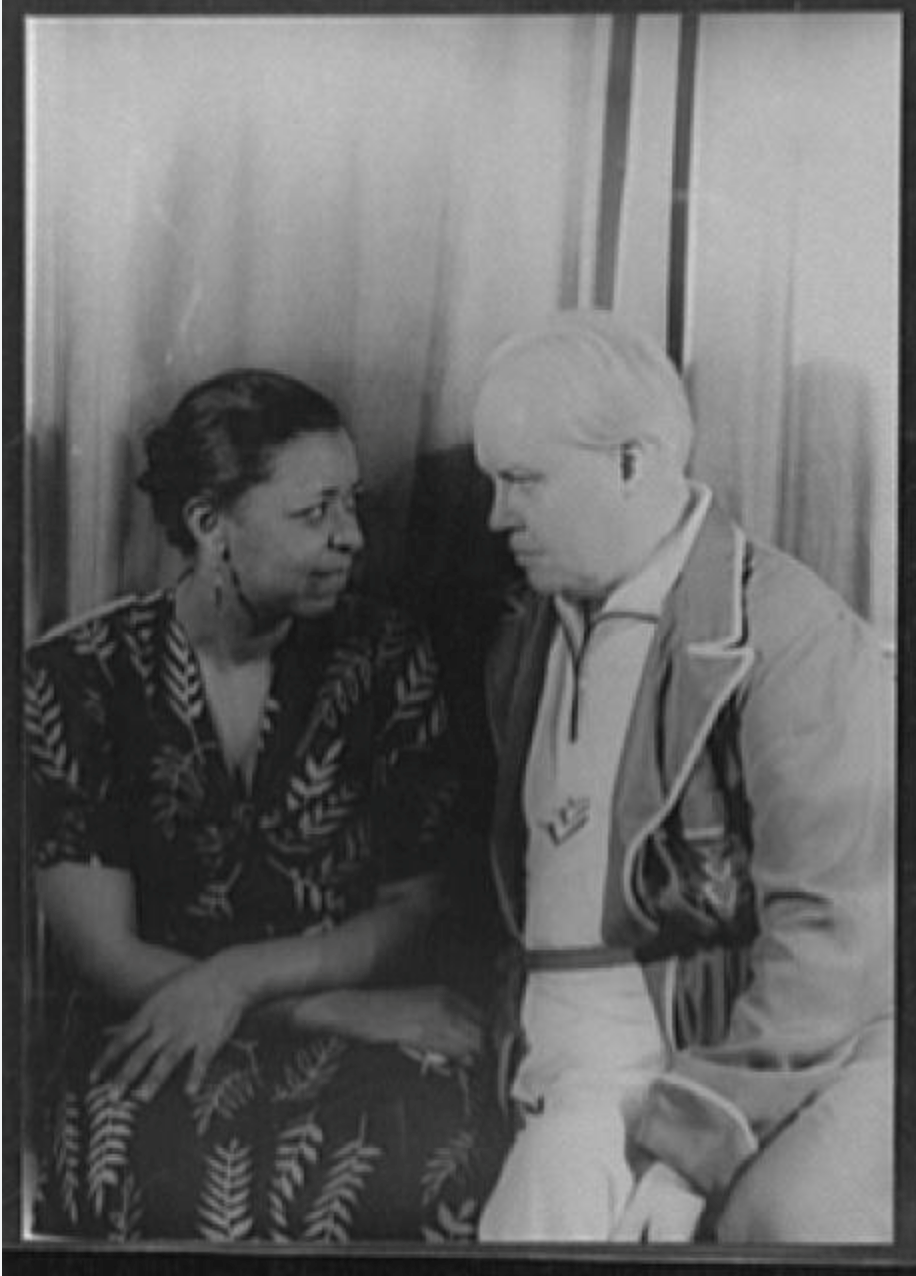Jews in Blackface
Ah, the shame of it all! How could one despised minority climb out of their oppression on the backs of another despised minority? Cultural critics have theorized that the best way Jewish entertainers could establish their American credentials was by blacking up, at least during the time period when that was acceptable. By donning blackface, Jews could hide their own ethnicity and join the minstrel lineage that stretched back to the 1830s when "Daddy" Rice made a career out of blacking up and acting the buffoon to a little ditty called "Jump Jim Crow." American audiences, both Black and white, couldn't get enough of it, and minstrel shows were by far the dominant form of live entertainment during the 19th century. The conventions they established outlived the form itself and snaked their way into new and diversifying types of entertainment: vaudeville, musical comedies, radio, and movies.
The expansion of these entertainments provided space for talented children of immigrant parents, many of them Jewish, to establish themselves in a country where other avenues of achievement were either blocked by class privilege or anti-Semitism. If you didn't have the education or opportunity to go to law school, the world of entertainment provided a rough meritocracy of talent. And so, in the early part of the twentieth century, several Jewish performers who went on to have big careers put on burnt cork. Some only had early episodes, such as Sophie Tucker; some kept it as a permanent part of their shtick, notably Eddie Cantor and . . . Well, we'll just wait on that.
The thing is, in the first decades of the 20th century, many people performed in blackface, including Blacks themselves. It was accepted as a showbiz convention, not deeply analyzed, and certainly appealing to the white majority, which was where the real money was. If Dad had donned blackface and had spoken an artificially mangled dialect when he was a minstrel performer, why not do it as well if that's what the market demanded? The most famous Black performer of his day, Bert Williams, chose to perform in blackface long after many of his peers had forsaken or repudiated the practice. In 1921, the Black-produced musical
Shuffle Along created a theatrical sensation with its introduction of syncopation and Black performing styles on Broadway. Langston Hughes hailed it as a precursor to the Harlem Renaissance, but the show was stuffed with blackface performers, including the comic leads.
In a spectacular bit of historical irony, the show's hit song, "I'm Just Wild About Harry," was reprised in the 1939 Hollywood music, Babes in Arms, in which Judy Garland sings and dances with a blacked-up Mickey Rooney and chorus. Mickey and Judy were far from the only Gentile performers to bring a little blackface fun well into the midcentury. Bing Crosby, Shirley Temple, and even Joan Crawford are on that list.
So why then does there seem to be special opprobrium reserved for blacked-up Jews? In part, I believe, it's because Jews, overrepresented in entertainment, easily borrowed, adapted, stole (you choose) Black innovations in music, singing, and comedy to fashion their own sometimes spectacular careers -- a kind of cultural blackface that was otherwise invisible. But what nailed Jewish blackface permanently to the historical wall of shame was the technical innovation, the high production values (for its time), and the blithely unconscious moxie of . . . The Jazz Singer.
Recent Posts




SHOGA FILMS is a 501(c) (3) non-profit production and education company. We create multimedia works around race and sexuality that are intended to raise awareness and foster critical discussion.
Contact Us
All Rights Reserved | Shoga Films
Stay Connected
Thanks for subscribing!
Please try again later.




